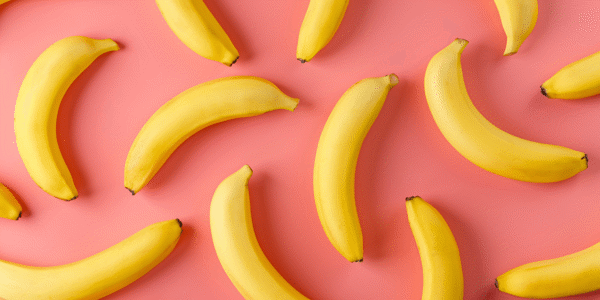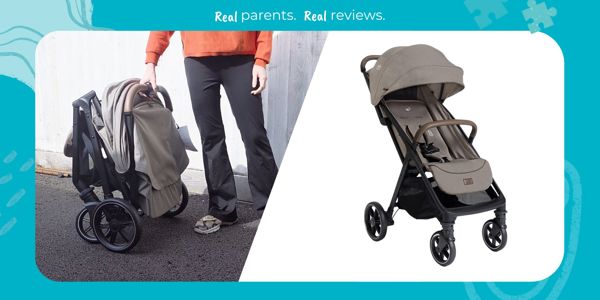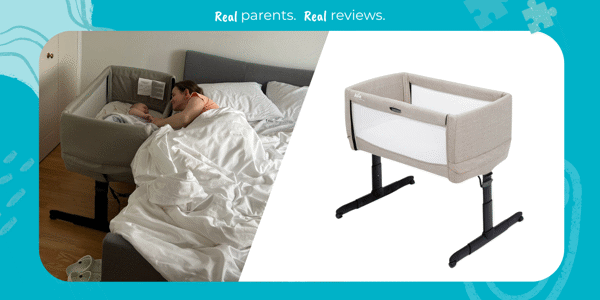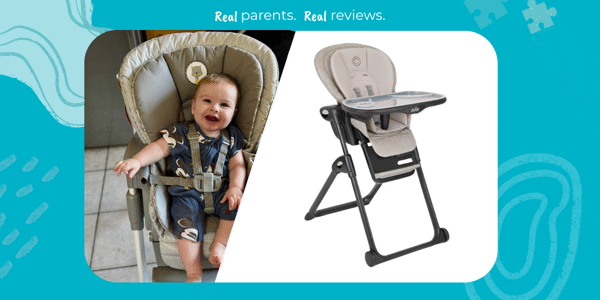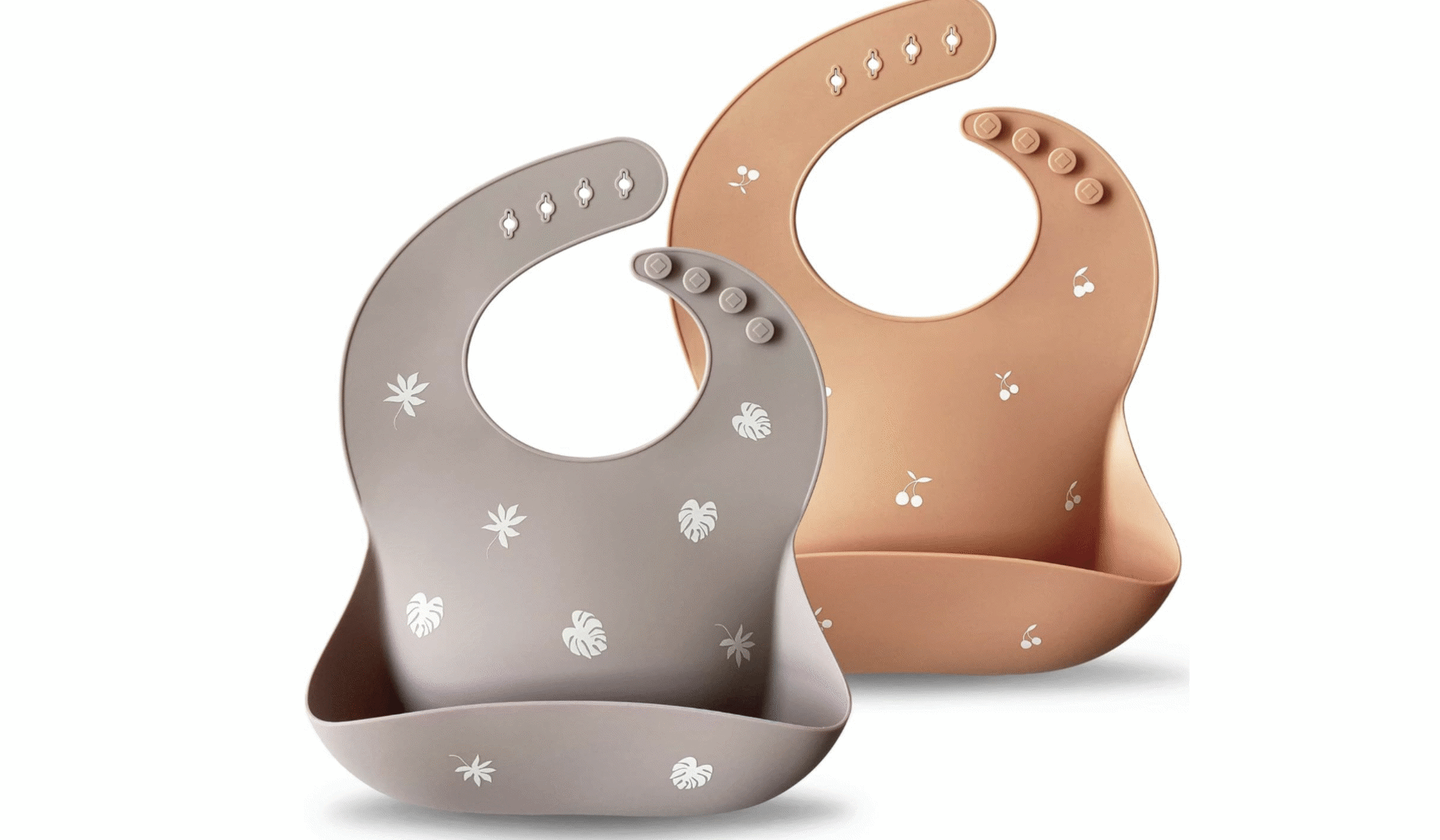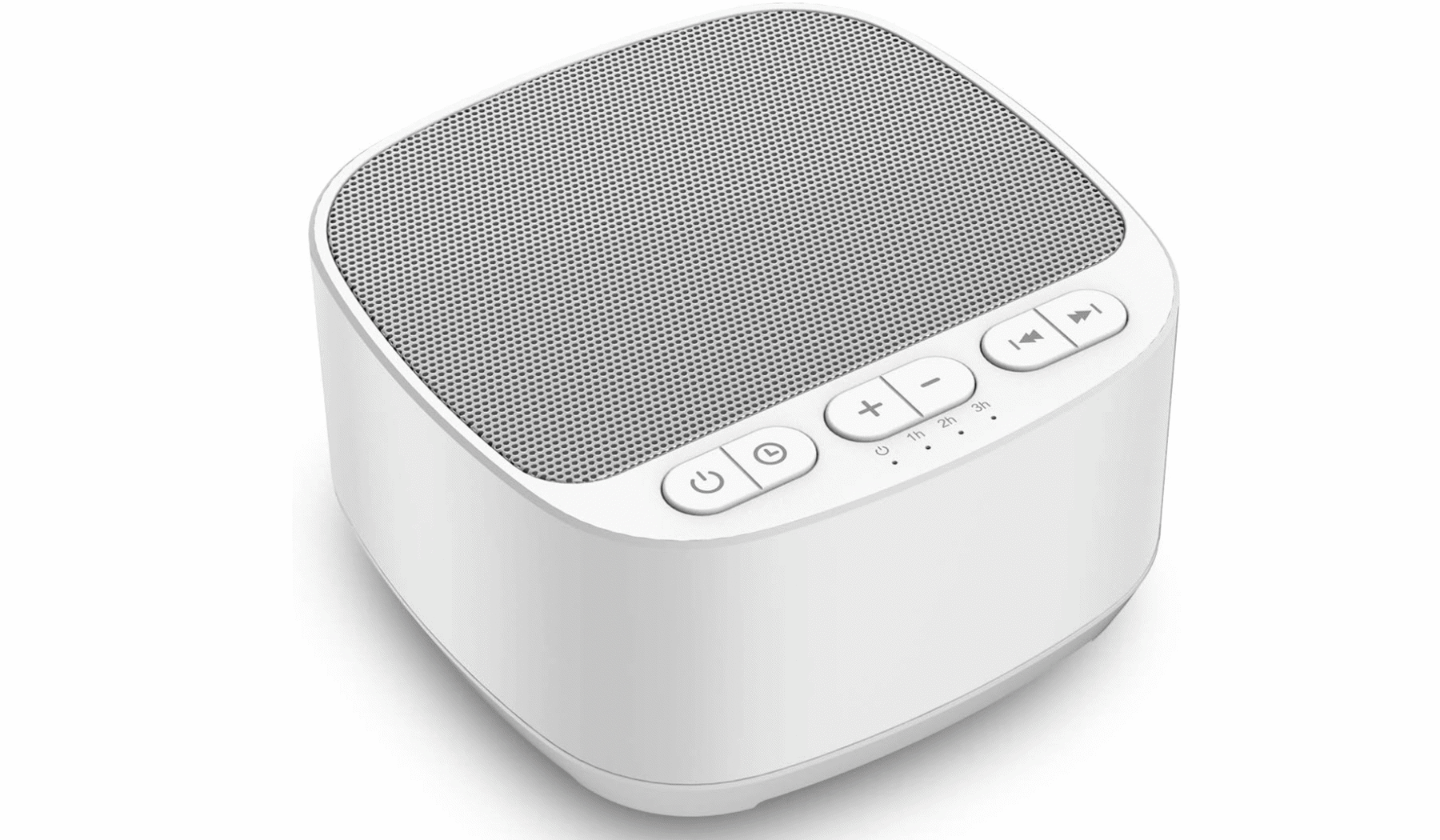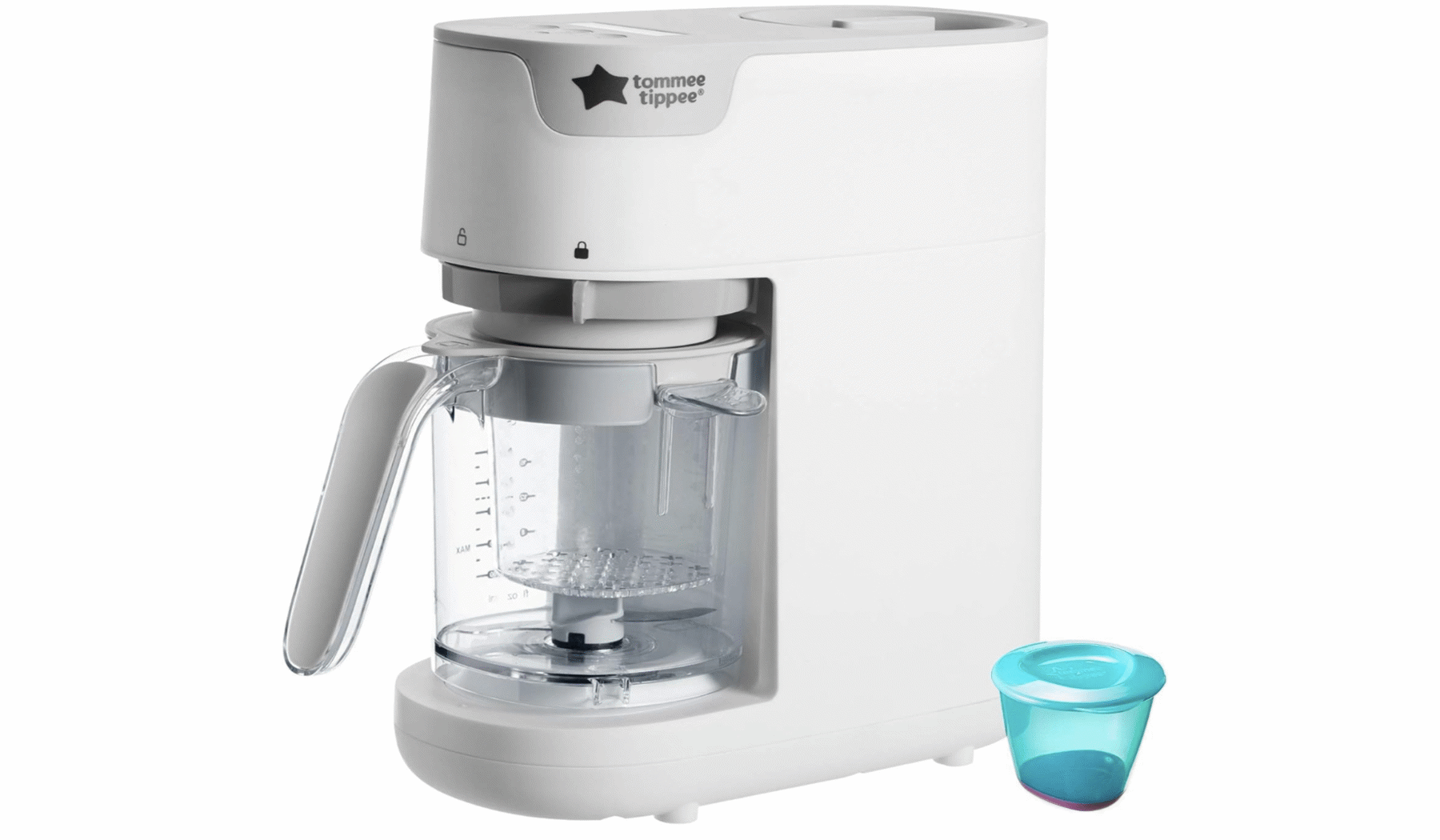Babbling is an essential milestone during this period as it lays the groundwork for language development. You might be used to them making singular sounds, but you'll notice your baby producing repetitive consonant-vowel combinations such as "ba-ba" or "ma-ma" that resemble words. These adorable babbling sounds are an indication that your baby is learning to control their vocal cords and mouth muscles, which is a crucial step towards later language skills!
You'll undoubtedly notice some remarkable changes in your little one’s growth and physical appearance this month. Babies typically experience a big jump in both length and weight. According to WHO growth charts, a six-month-old baby girl will measure around 25.2 inches (64 cm) in length, while baby boys might be slightly longer at 25.6 inches (65 cm).
This growth rate may vary slightly from one child to another, but overall, it indicates the healthy development of your little one.
As for weight, the average baby girl usually weighs around 15.2 pounds (6.9 kg), while boys tend to weigh a bit more, at approximately 16.2 pounds (7.4 kg). Keep in mind that these figures are just averages and individual growth patterns can differ. As long as your little one is still putting weight on and growing gradually, don’t be alarmed if they’re a bit under or over the average figures.
Your little one’s growth rate was most significant in the first months after you welcomed them into the world as they regained their birth weight and, in some cases, even surpassed it. On average babies gain around five to seven ounces per week during this phase.
Over the next few months this growth rate stabilises. By the six-month-mark your little one will gain around one to two pounds per month.
The first year of your little one’s life is an amazing journey of huge cognitive and intellectual development and this month is where it starts to get really exciting! This stage marks the beginning of new and exciting interactions, more babbling, and a growing curiosity about the world around them.
Your baby is beginning to babble more and more, and explore the new sounds they can make. Their vocal repertoire is expanding and they are becoming more expressive in their attempts to communicate.
As their overall cognitive abilities improve, your little one will also become increasingly responsive to their environment. One exciting development you might observe is your baby responding when their name is called. They will likely also turn their head or make eye contact when you say their name, showing recognition and social awareness.
Your baby is also developing a deeper understanding of object permanence, realising that objects continue to exist even when they are out of sight. Play peek-a-boo games to reinforce this concept and make learning fun!
Many of the primitive reflexes that were present in the early stages of life begin to disappear around this stage. These reflexes, such as the Moro reflex (startle reflex) and the palmar grasp reflex, served a crucial role in their early survival and development. As they vanish, they’ll be replaced by more sophisticated protection reflexes that will be with your little one for life.
These new reflexes help your baby respond to their surroundings, such as the ability to right themselves if they start to tip over while sitting. While these reflexes start to emerge, it will take time for your little one to master them.
Don’t be surprised if one day you spot them saving themselves from falling and then the next they’re toppling over! They’ll soon get the hang of them and manage to stay upright for longer periods.
As your baby becomes more alert and engaged with the world, they start to enjoy more interactive toys. Toys with buttons, dials and different textures can capture their attention and stimulate their senses.
These toys encourage your baby to explore cause and effect relationships, enhancing their problem-solving skills and cognitive understanding of the world.
Your little one is blossoming into an interactive and socially aware little human. They’re also learning to express their emotions, creating meaningful bonds that form the foundation of their social and emotional development for the rest of their life. You might spot the mirroring your emotions, whether this is smiling, laughing, or even crying.
With this new found emotional development, they have also developed the ability to capture and hold your attention through a variety of captivating means. Whether it's making cooing sounds, gurgling, or flashing a toothless grin, babies are experts at getting their attention! They love to engage in simple games like peek-a-boo, which excites them and strengthens the bond you two share.
One of the most exciting milestones relating to this memory is your baby's ability to recognise their own name. When you call out their name, they will turn their head or look in your direction, acknowledging that they are being addressed. This is a significant leap in their social development, marking the beginning of an understanding of their own personal identity.
As well as these developments in verbal communication and understanding, it’s around this stage that you’ll likely spot a lot more non-verbal cues from your little one.
They’ll certainly let you know what they want! When they want to be picked up or held, they will raise their arms towards you, seeking comfort and closeness.
Your little bundle of joy has made huge progress in their fine motor skills. From mastering the art of passing objects from one hand to the other to eagerness to feed themselves, every little achievement is a step forward in their development.
Your little one has likely already honed their ability to pass objects from one hand to the other with increasing accuracy. If not, keep an eye out for them attempting it throughout this month, and encourage them when you spot it.
This newfound skill indicates growing coordination and dexterity in their tiny fingers! You’ll find them gleefully transferring toys, blocks, or even household items from hand to hand as they explore and experiment with different objects.
During this stage, some babies may demonstrate a unique phase where they start using their hands and feet together to hold and pass objects. It's so fun to watch as they develop a deeper understanding of how their limbs can work together.
Encourage this exploration by providing safe and age-appropriate toys that allow them to experiment freely. As they grow and get longer, they’ll soon grow out of this phase and stick to using their hands.
Around this month, your little one might also start to use their thumbs more effectively, transforming their grip from a palmar grasp to a more refined pincer grasp. This means they can pick up smaller objects between their thumb and index finger rather than using the whole palm.
Offer them small, safe objects to practise with, such as small blocks or soft, age-appropriate finger foods during mealtime.
At this stage, many babies have learned to sit up without support. This newfound skill not only provides them with a new perspective on seeing the world around them, but also allows your little one’s hands to be free for play and exploration.
Rolling is also a common accomplishment at this stage. If your baby has mastered sitting up well, you might find them effortlessly rolling around the room to reach their favourite toys or explore their surroundings.
Now they’re nearly on the move, now is the perfect time to baby-proof your home. Secure cabinets, cover electrical outlets, install safety gates, and remove any potential hazards within reach. Creating a safe environment will allow your little explorer to move around freely and safely, and save you the panic of getting it done after a close call.
If your little one is developing their gross motor skills at a speedy rate, you might notice them showing signs of preparing for crawling during this month. You may notice your baby experimenting with a new and exciting position – sitting on all fours.
This is a crucial first step in their journey towards crawling and exploring the world around them. This position helps to build their back and abdominal muscles, which are vital for maintaining an upright posture and supporting their body weight when on the move.
While some babies might show these signs of starting to crawl around this time, it's more common for this milestone to occur around nine months. Encourage crawling by creating a fun and safe space with toys and cushions to motivate your baby to move around between objects.
If you do notice your baby sitting on all fours and rocking, offer gentle encouragement and praise. Celebrate their achievements and be their biggest supporter during this exciting phase of development.
It sounds simple, but it can be confusing to know when to wean your baby, what to feed them and where to start! Weaning your little one from exclusive milk onto foods takes a lot of patience from both you and your baby.
In the same way as most stages of parenting, every baby is unique and the time they’re ready to begin weaning might differ. Most expert advice agrees that you should wait until your little one is around six months old before weaning. But, it's good to spend some time over the next few weeks getting everythig ready.
At six-months-old, your baby's nutrient needs will begin to outpace what breast milk or formula alone can provide. This is the ideal time to introduce solid foods into their diet. It is recommended to start slowly by offering one meal of solid food per day.
You can choose to do this during breakfast, lunch, or dinner, whichever time works best for you and your baby's routine.
There are a few signs to look out for to show that your little one is ready to start weaning:
When it comes to weaning, you have two main approaches: baby-led weaning and traditional weaning. Each method has its benefits and the decision ultimately depends on what you and your baby are comfortable with.
Baby-Led Weaning: This approach encourages letting your baby explore solid foods independently. Offer age-appropriate finger foods that are soft, easy to grasp, and safe to eat without the need for teeth.
Traditional Weaning: In traditional weaning, parents or caregivers gradually introduce pureed or mashed foods to their baby.
To ensure a smooth transition onto solid foods, it's important to be prepared. Check out these essential things you’ll need to help you get ready for weaning next month.
Introducing common allergens to your little one can be a cause for concern among parents but research suggests that introducing these foods early may reduce the risk of developing allergies later in life. Before weaning next month, take some time to consider how you'll introduce these foods. Common allergens include peanuts, eggs, dairy, wheat, soy, fish, and shellfish.
When introducing allergens, consider the following tips:
Weaning is a process of exploration and it's key to be patient with your little one. At first, they may only take a few small bites or play with the food rather than eating it. This behaviour is entirely normal and part of the learning experience.
Be prepared for a lot of mess! It can help to invest in some good wearable bibs for your little one and some sheets to cover the floor around their high chair if you’re worried about stains as you prepare for weaning. As they get used to the taste and texture of solid foods, the amount they’re eating will gradually increase. Trust your baby's instincts and allow them to dictate their appetite.
By this stage most babies will need anywhere from twelve to sixteen hours of sleep every 24 hours, split up into night sleep and naps. Getting plenty of sleep is crucial during this phase, as it helps with brain development, memory consolidation, and overall physical growth.
With your little one sitting up, rolling over and moving around more than in previous months, they’ll be using up a lot more energy.
You may notice some changes in your little one’s sleep patterns soon. This period is often associated with sleep regression.
Leading up to the six-month mark is a typical time for sleep regression to occur due to the significant developmental changes taking place in your little one. Head here for common causes of sleep regression.
Your baby is growing rapidly and experiencing new changes everyday. These new milestones include teething, which can be both exciting and challenging as a parent.
As new teeth emerge, your baby may exhibit several teething symptoms.
Caring for your baby's new teeth is essential to ensure their oral health as they grow. As soon as your baby's first tooth appears, you can start gently cleaning it with a soft, damp cloth after feeding. This helps to remove any residue and protect the teeth from bacteria.
Around this stage, you can introduce a baby toothbrush with soft bristles. Use a tiny smear of fluoride toothpaste (no larger than a grain of rice) to brush their teeth twice a day.
Opt for teething toys made of safe materials that are easy to hold and not too hard that they damage any teeth already emerging. Chilled (not frozen) teething toys can provide additional relief to sore gums.
Aside from teething, there are a few common health concerns you may encounter with your baby. Most of these are associated with the introduction of solid foods when starting the weaning process and it’s important to find the cause of them to ensure a smooth and successful weaning journey.
Introducing solid foods can sometimes cause digestive discomfort for your little one. Gradually introduce any new foods and pay attention to any signs of allergies or sensitivities. If you do spot your little one looking uncomfortable, bloated, or getting upset, it might be a sign of an intolerance or sensitivity to a particular food you’ve introduced.
Try to keep a note of any specific foods that seem to be upsetting your little one’s tummy and speak to your GP about getting an allergy or intolerance test.
With the introduction of solid foods, your baby's bowel movements may also change, leading to many babies developing a new nappy rash. Keep the area clean and dry, and use gentle nappy cream to protect their sensitive skin. Here are our top nappy rash creams.
Reaching this mark as a mum is an amazing achievement, and one you should recognise. You're so nearly at half a year with your little one! It probably seems like yesterday you welcomed them into the world. Recovering from childbirth, adjusting to life as a parent and keeping your little one happy and healthy is an amazing achievement.
By this month, you may notice significant improvements in your body's recovery. Many women experience reduced postpartum hair loss and increased energy levels during this period, and a lot of other postpartum symptoms should start coming to an end. However, keep in mind that individual recovery timelines can vary and it's crucial to listen to your body's needs.
As you reach around half a year post-surgery, your scar will likely have faded, but it might not have fully matured. Remember that everyone's healing process is different and some scars may take longer to become less noticeable.
Try to embrace your scar, and not let it become something you feel the need to try and hide. Your body has done an amazing thing and the scar is evidence of this. Check out these stretch mark creams if you want to speed up the fading process.
If you have been quite active since birth, or have returned to exercising, you’ll probably notice your core strength improving. Your abdominal muscles undergo significant stretching during pregnancy and c-section surgery, and it’s normal for this to take some months to rebuild.
After a vaginal childbirth the pelvic floor muscles should be well on their way to healing, but it's essential to continue strengthening them. Kegel exercises should still be your best friend!
These exercises play a vital role in toning and regaining control over these muscles. A strong pelvic floor not only helps with bladder and bowel control but also supports the pelvic organs, preventing issues like prolapse in the future.
The abdominal muscles also undergo significant stretching during pregnancy and it takes time for them to regain their strength. Gentle abdominal exercises can be introduced but you should still avoid high-impact activities to prevent injury. If you’re looking to get back to high-intensity exercise, always speak to your GP or health visitor beforehand.
Remember, everyone heals differently, so listen to your body and progress at a pace that feels comfortable.
At this point, lots of new mums who struggled initially after childbirth can feel their mental health becoming more stable as they settle into life as a parent. Still, many mums continue to face emotional changes that require attention and support on a more long term basis.
Postnatal depression is a serious mental health condition that affects some women after giving birth. While many women experience the "baby blues," which typically involves mild mood swings and sadness just after birth, delayed postnatal depression is characterised by more prolonged feelings of despair, sadness, and anxiety that occur weeks or even months after childbirth.
This can be really difficult to deal with, especially if you are still struggling after welcoming your little one into the world.
Getting readt to start introducing solid foods to your baby's diet can create a lot of anxiety for parents. Worries about allergies, choking hazards, and whether your baby will be getting enough nutrients are common. This is completely understandable and it’s important to remember that weaning is a journey for both you and your little one.
When introducing solids, start with simple, single-ingredient foods and observe your baby for any adverse reactions. Gradually expand their diet while maintaining a balance between milk feeding and solids. If you’re struggling to know when to get started with weaning, your health visitor or GP can provide guidance on feeding practices and appropriate portion sizes for your growing baby.
While many people associate postnatal depression and other postnatal mental health concerns with the immediate aftermath of childbirth, this isn’t always the case. Symptoms can manifest at any point after giving birth, and many parents don’t actually spot that they might be suffering for up to a year after giving birth.
For some of the symptoms to look out for and some more information on different mental health concerns, head to month one for more advice.
In addition to professional help, several organisations and support groups in the UK focus on postpartum mental health. An organisation to consider is PANDAS Foundation, which specialises in supporting families experiencing perinatal mental health issues. They provide a helpline, online community, and resources for both mothers and partners.
Online resources can also be valuable sources of information and support. The NHS website offers comprehensive information on postpartum mental health, including symptoms, causes, and treatment options. Postpartum Support International (PSI) is an international organisation with a UK chapter that provides resources, helplines, and online support for mothers and families affected by perinatal mental health issues.

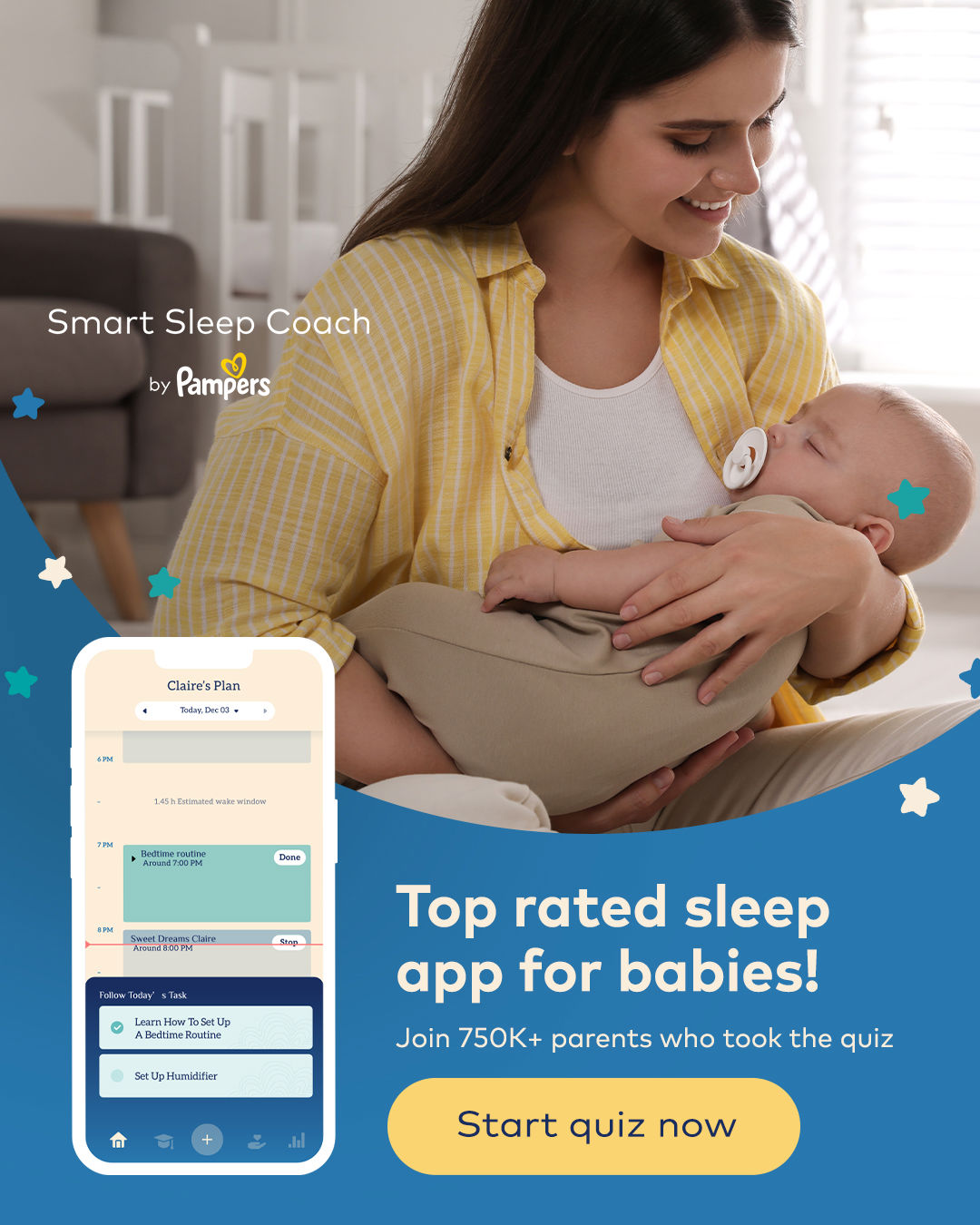
The information on the Your Baby Club website is not intended to be a substitute for professional medical advice, diagnosis or treatment. Always discuss any health concerns with a qualified healthcare provider and carefully review all guidance that comes with any medications or supplements before taking.


